Granary
Associate Professor Dr. Vo Cong Thanh, who used to live in Japan, once brought 5kg of Koshihikari rice from Japan to Can Tho just for his brothers to try when they heard about the wonderful rice of the Land of the Rising Sun. The Japanese have many images to talk about the miracle of this type of rice, even when it is cold rice, ground into powder in the slot - using that to make Koshi cakes with bean or potato filling is also delicious.
ST rice model field of Labor Hero Ho Quang Cua.
Japan's rice-growing area has decreased from 1.458 million hectares to 1.454 million hectares, and production has decreased from 7.294 million tons to 7.280 million tons in the past two years. In the first seven months of this year, 21 million tourists visited Japan, and the press reported that the total consumption of food and beverages has increased rapidly. Japan's rice demand will increase by at least 100,000 tons per year, experts predict.
In all fairness, the rise in rice prices in Japan is due to a number of factors: months of poor harvests due to climate change, people’s hoarding mentality following the 2024 Nankai mega-earthquake warning, and a surge in foreign tourists (who eat rice). Meanwhile, since June 2024, private rice stocks in Japan have fallen to their lowest level since 1999. The price of a 5kg bag of rice has reached 3,000 yen ($21), up 60% from the same period last year. As buyers stockpile more, prices have escalated.
Many sources of information from Japan told Associate Professor Dr. Vo Cong Thanh that if he researched deeply on rice that is tolerant to salinity, drought, and flooding, then growing heat-resistant rice in Japan is becoming popular. Japan is a "superpower" in exporting high-quality rice, so when the first batch of 500 tons of emission-reducing rice from Trung An High-Tech Agriculture Joint Stock Company (Trung An Company) exported to Japan was priced at 850 USD/ton (FOB) or over 1,000 USD/ton (CIF), it was a miracle. Businessman Pham Thai Binh once exported ST 24 rice at 1,000 USD/ton. Mr. Pham Thai Binh, Chairman of the Board of Directors of Trung An Company, said: "The first "green" low-emission Vietnamese rice" to Japan was organized by the Vietnam Rice Industry Association (VIETRISA) in Can Tho City on the afternoon of June 5, 2025, by the company in cooperation with Murase Group (Japan), the growing area in Kien Giang province, under the Project "Sustainable development of 1 million hectares of high-quality and low-emission rice". Japan has criteria to control more than 600 active ingredients to ensure food safety and hygiene and pesticide residues. To export rice to the Japanese market, rice from Vietnam must meet many strict standards, emission reduction is just one of Japan's criteria.
Participating in the Project Transforming the Rice Value Chain to Respond to Climate Change and Sustainable Development in the Mekong Delta (TRVC), after Trung An Company, the companies that were honored when participating each received a total prize value of 200,000 AUD from TRVC (equivalent to more than 3.1 billion VND), were granted a certificate of the right to use the "Green Vietnamese Rice with Low Emissions" trademark with a total volume of 19,200 tons of rice - certainly, the exporters will be surprised. Among them, Chon Chinh Import-Export Company Limited was awarded 73,285 AUD (equivalent to 1.67 billion VND), Vietnam Rice Company Limited 28,633 AUD (equivalent to 456 million VND), Xuan Phuong Kien Giang Company Limited 22,075 AUD (equivalent to 351.7 million VND) ...
Reduce your carbon footprint
As a result of the 2024 summer-autumn crop, the average profit of farmers reached more than 59% while the TRVC Project set a target of achieving a minimum profit of 30% for small-scale farmers. There was a company that won a prize of over 1 billion VND with more than 1,500 hectares of rice achieving an average greenhouse gas emission reduction of 6.57 tons of CO 2 e / ha, the average profit of farmers reached more than 68%.
According to the World Bank (WB), rice cultivation accounts for 48% of total greenhouse gas emissions and more than 75% of methane (CH₄) emissions in the agricultural sector. Developing rice in a sustainable, low-emission direction is becoming an urgent requirement for Vietnam to fulfill its international commitments on climate change. The project will be implemented from 2023-2027 in An Giang, Dong Thap and Kien Giang. In the first crop, businesses have linked up with 12 cooperatives and 27 cooperative groups, with a total of more than 1,700 farming households with an area of more than 6,100 hectares following the sustainable rice production process.
Trung An Company was awarded more than 370 million VND, with a participating area of more than 679 hectares, achieving a reduction in greenhouse gas emissions of more than 3,100 tons of CO 2 , and profits for farmers reaching more than 43%. ThaiBinh Seed Group Joint Stock Company participated with an area of more than 660 hectares, with 165 households participating in An Giang, Kien Giang and Dong Thap. The bonus received from emission reduction was more than 318 million VND, a reduction in greenhouse gas emissions of more than 2,700 tons of CO 2 , and profits for farmers reaching over 53%.
Eight enterprises participated in this project with a total area of 6,100 hectares and 1,719 farming households, equivalent to more than 4,000 farmers. The enterprises have implemented many technical support activities and closely linked with farmers. Farm households participating in the project achieved an average profit of 59%, specifically 64% in Dong Thap, 56% in An Giang, 54% in Kien Giang, exceeding the project's target, said Ms. Tran Thu Ha, Project Director.
"Low emission green Vietnamese rice" is not only a commercial brand but also a commitment to environmental and social responsibility," affirmed Dr. Bui Ba Bong, Chairman of the Vietnam Rice Industry Association (VIETRISA).
Smart agriculture model
Managing straw in the fields, what else to do with straw and by-products is attracting the participation of businesses. According to Mr. Pham Minh Thien, CEO of Thanh Binh Company, Dong Thap is experimenting with a circular model, utilizing straw to grow mushrooms and make feed for cows. Rice husks are used to press pellets for export; yellow bran is pressed to extract oil and residue for animal feed. Rice by-products (broken rice, broken rice) are used to make flour. Mr. Thien once spent millions of USD to research the product chain after rice harvest. Unfortunately, this model is outside the TRVC project and the 1 million hectare high-quality, low-emission rice project.
Similarly, farmers participating in the ST rice production network were instructed by Engineer Ho Quang Cua on how to use trichoderma fungi to promote the process of converting straw into organic fertilizer, using nitrogen-fixing bacteria, phosphorus-solubilizing fungi, etc. to reduce production costs and restore the microbial community in the soil, which seems to be a gap with large projects. Engineer Ho Quang Cua, who initiated and had a vision for the fragrant rice - clean shrimp model, patiently used microorganisms and fungi to increase soil fertility, used white and green mushrooms, and biological products to protect crops according to the general soil management method.
Last year, in Ca Mau peninsula, the area statistics were: Kien Giang was the place with the largest rice-shrimp area, more than 100,000 hectares, Bac Lieu about 46,000 hectares, Ca Mau about 38,000 hectares... The rice-shrimp area of farmers guided by Engineer Cua has linked up, together controlled water sources, natural enemies and implemented measures to use biological products. However, the area is still modest.
Mr. Pham Thai Binh proposed to choose ST25 rice as the typical variety to make the national rice brand. However, the ST rice brand is being manipulated and counterfeited to the point that the police have to intervene. Engineer Ho Quang Cua, who has spent 25 years researching the ST rice variety, suggested connecting everything operating in the chain before discussing this issue. Experts believe that the shrimp-rice model deserves to be recognized as a smart agricultural model, adapting to the sustainable development trend, requiring complete investment in digitizing this smart agricultural model and locating each growing area in the chain and connecting the project of 1 million hectares of high-quality, low-emission rice.
With the evidence of the past decades, people can forget the role of the pioneer model leader, that's okay. But if there is a different perspective on pioneer models, connecting resources, surely the amount of rice exported to high-demand markets like Japan will have a leap forward.
And, that will also facilitate the digitalization process - making the farming system transparent, smart growing areas, increasing the effectiveness of trade defense against counterfeit goods; the fight against fake ST rice will also be better.
Article and photos: CHAU LAN
Source: https://baocantho.com.vn/com-gaothat-lai-nhung-moi-day-a187752.html



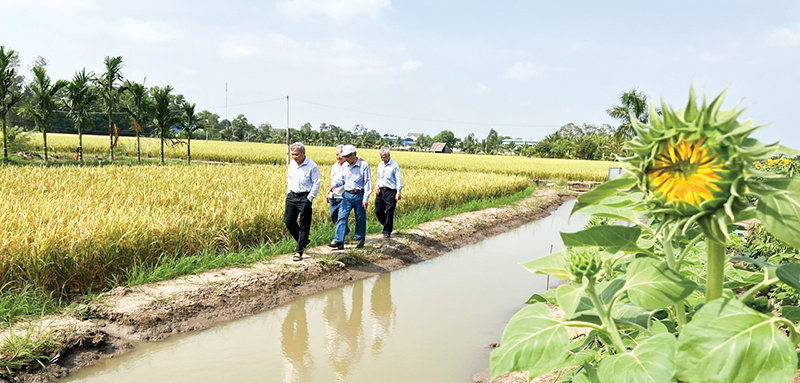


![[Photo] Many people eagerly await the preliminary review despite heavy rain](https://vphoto.vietnam.vn/thumb/1200x675/vietnam/resource/IMAGE/2025/8/27/4dc782c65c1244b196890448bafa9b69)
![[Photo] Prime Minister Pham Minh Chinh chairs meeting of National Steering Committee on International Integration](https://vphoto.vietnam.vn/thumb/1200x675/vietnam/resource/IMAGE/2025/8/26/9d34a506f9fb42ac90a48179fc89abb3)
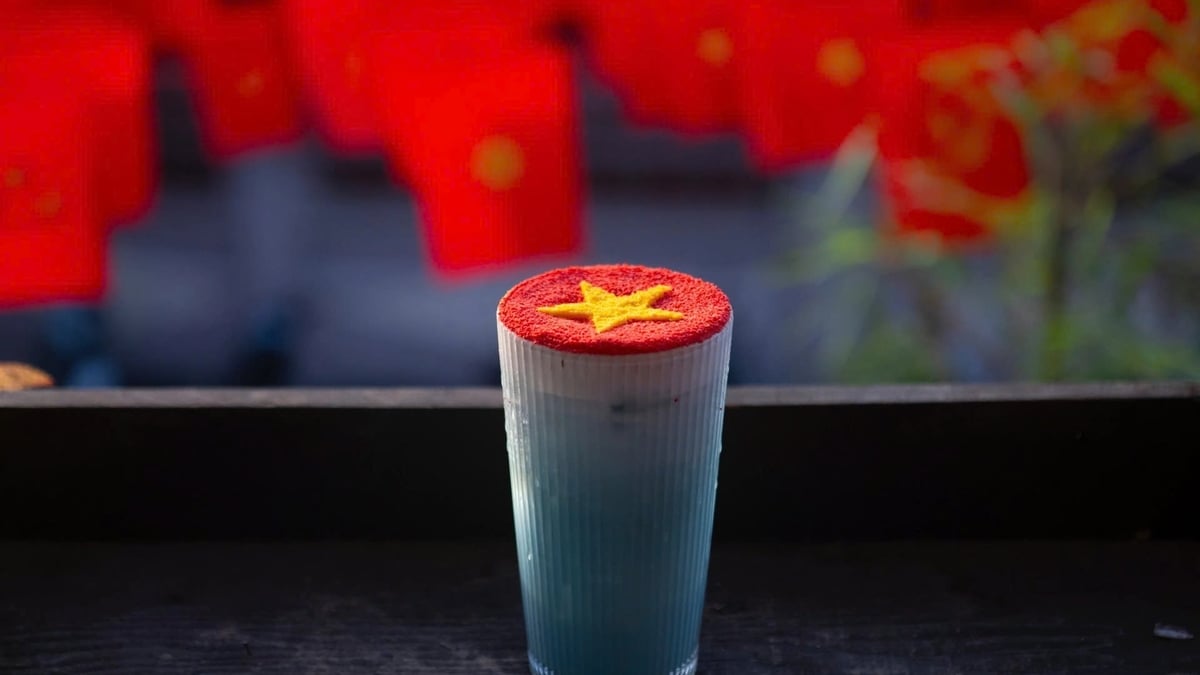
![[Photo] Brilliant red of the exhibition 95 years of the Party Flag lighting the way before the opening](https://vphoto.vietnam.vn/thumb/1200x675/vietnam/resource/IMAGE/2025/8/27/e19d957d17f649648ca14ce6cc4d8dd4)
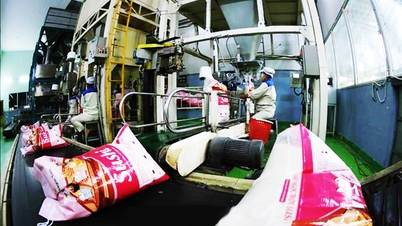

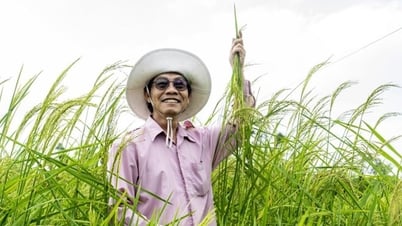

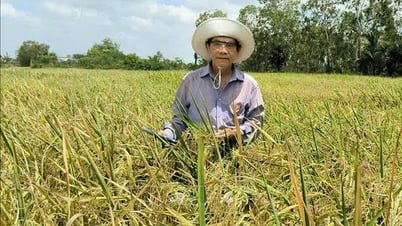




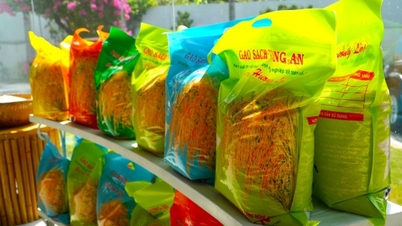

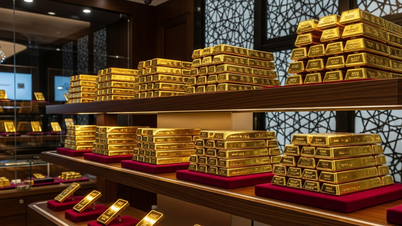

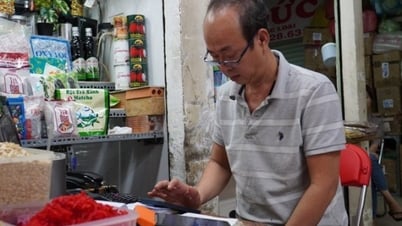



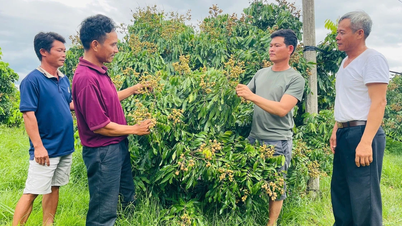

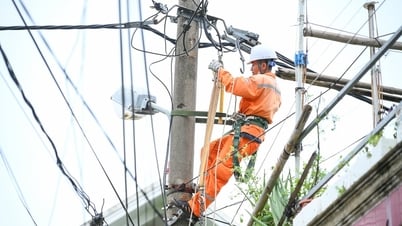

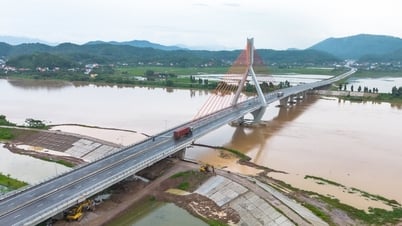

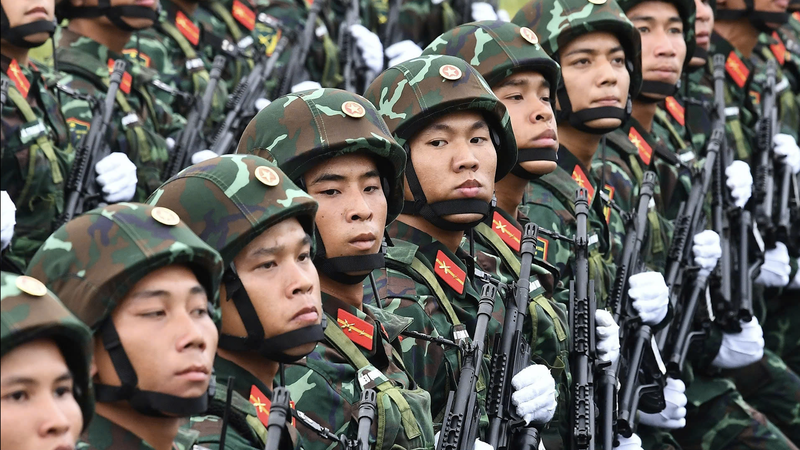



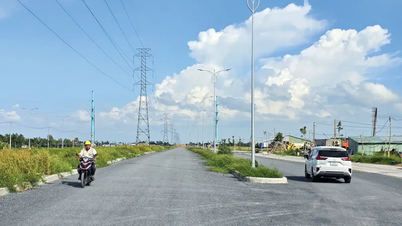
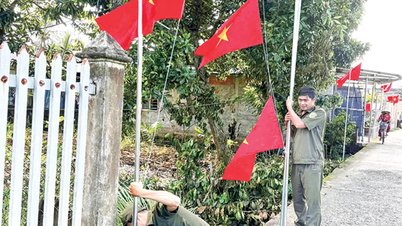
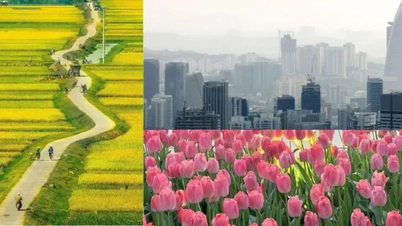


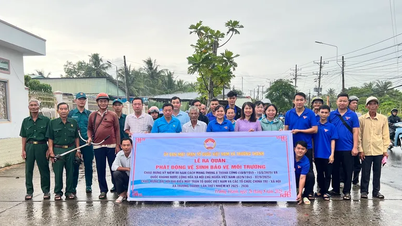
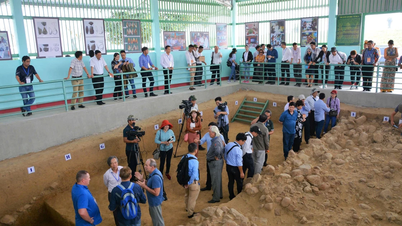
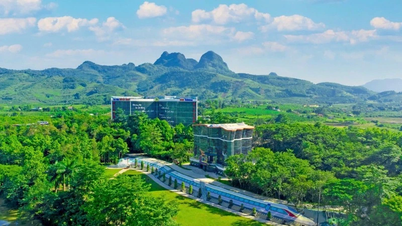


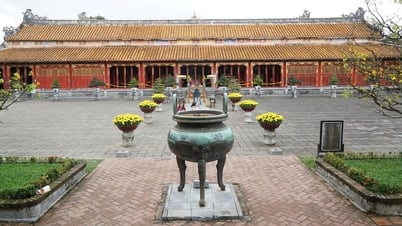

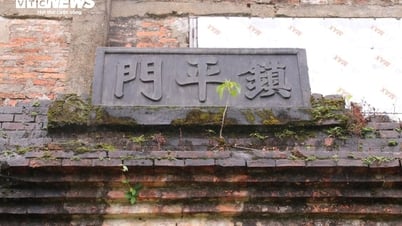

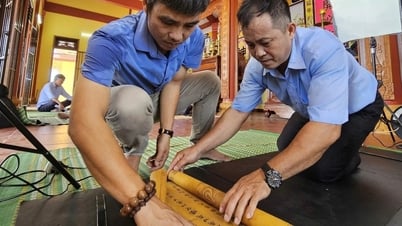

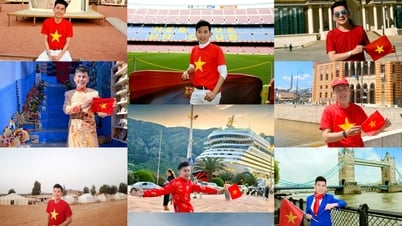

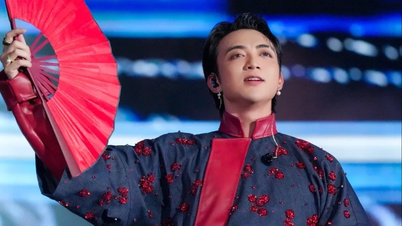

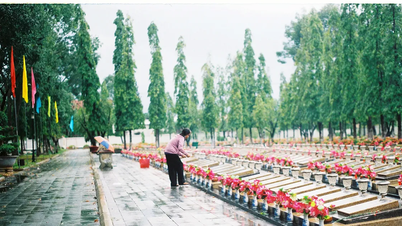



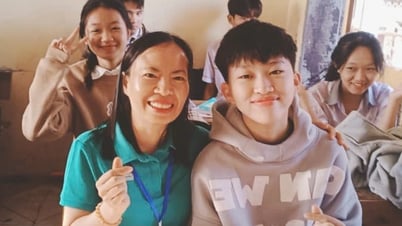
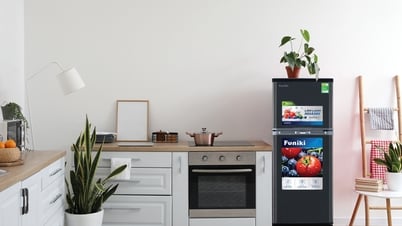
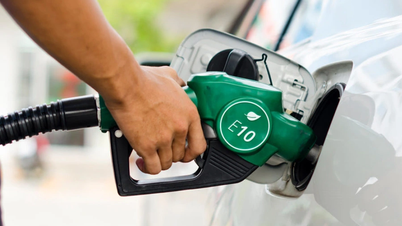
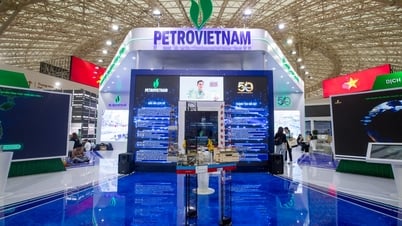
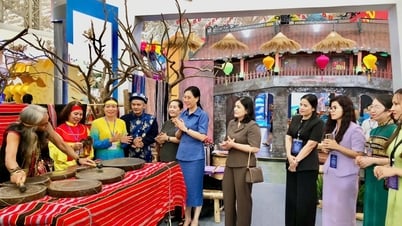

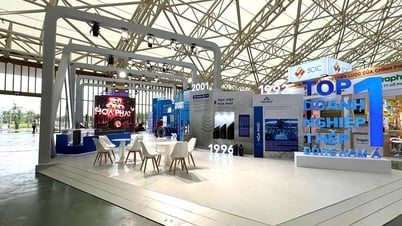




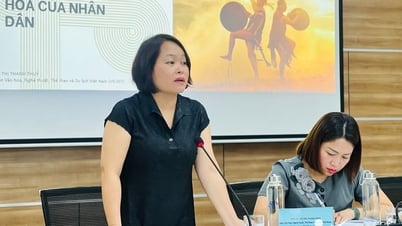

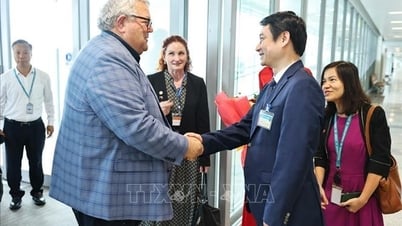
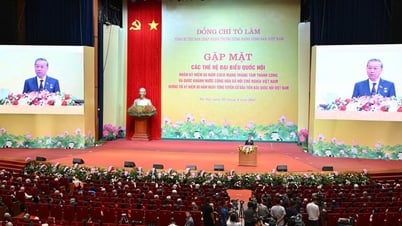

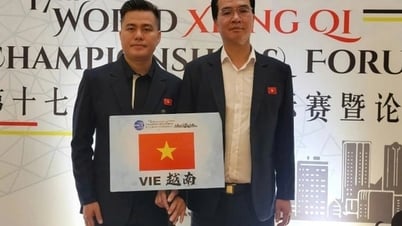

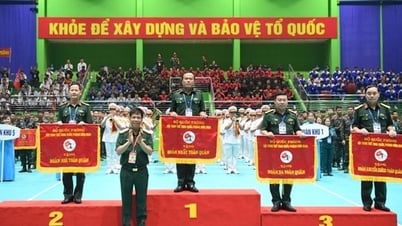
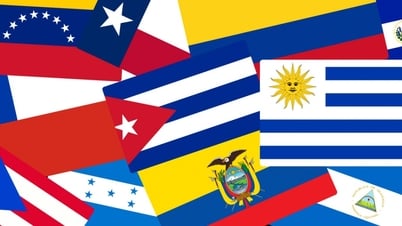

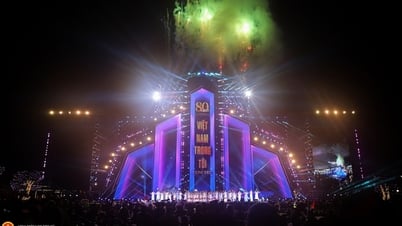

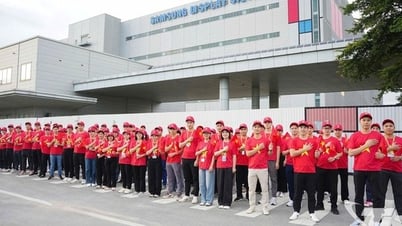
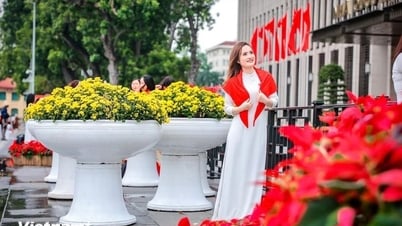
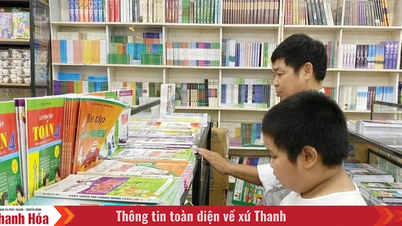

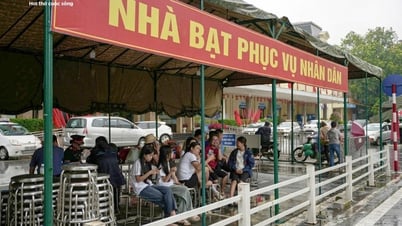

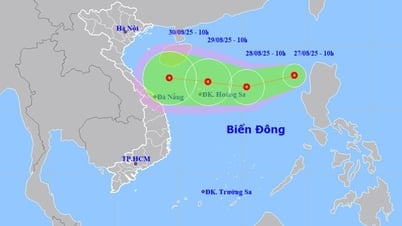
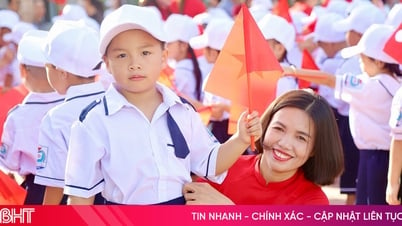

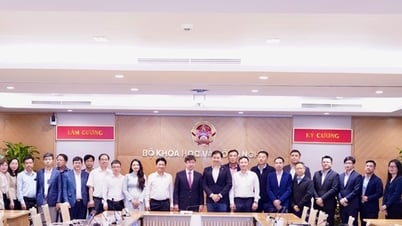



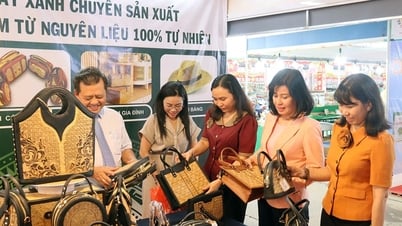
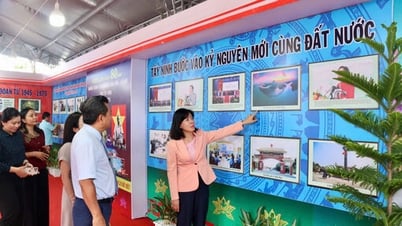



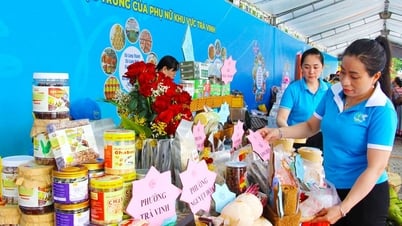




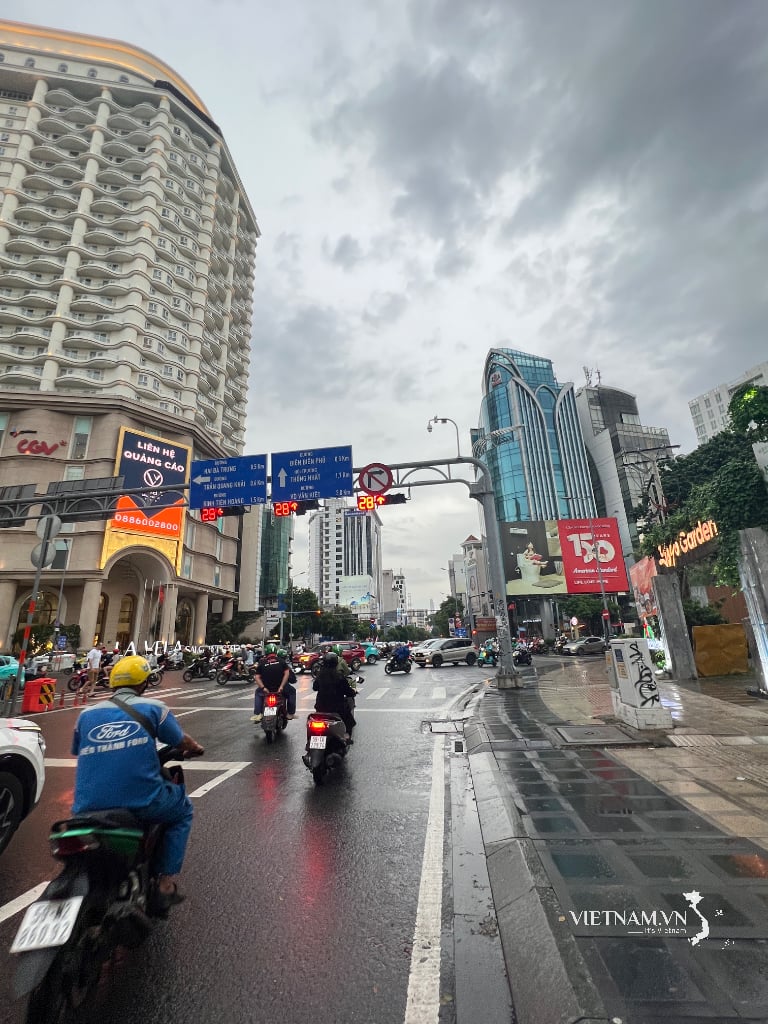
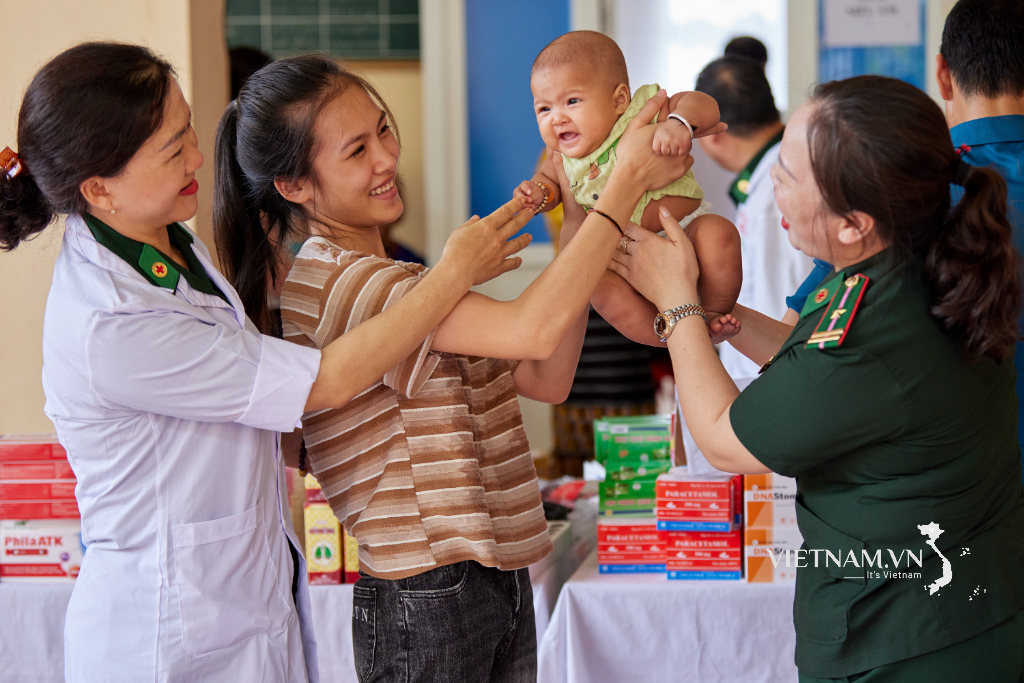
Comment (0)